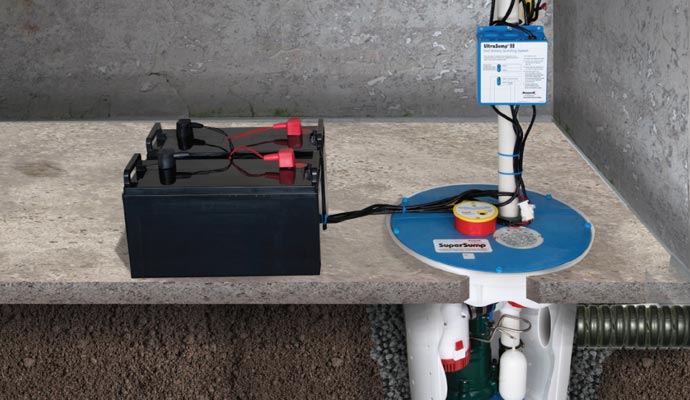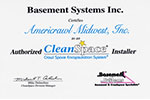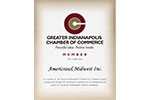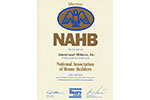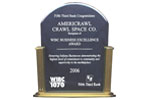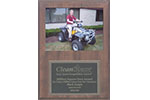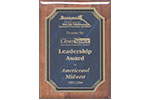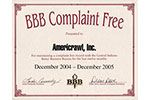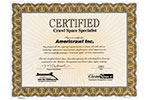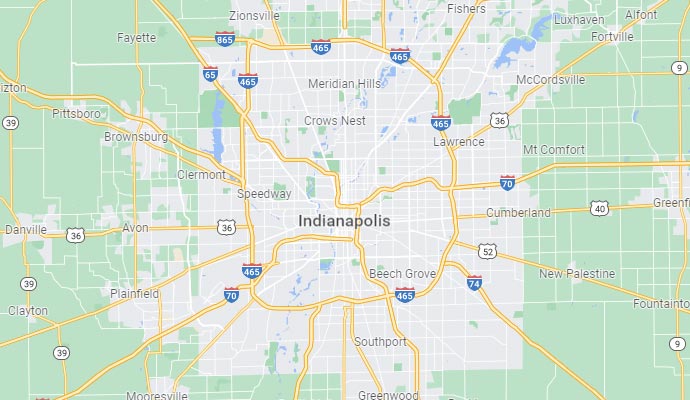Benefits of Crawl Space Encapsulation
Crawl spaces are typically vented to remove moisture through evaporation—groundwater, rainwater, and condensate enter the Indianapolis crawl space and, under the right conditions, eventually dry and waft out the vents.
It’s a fairly effective way to deal with a part of the house that is prone to dampness.
However, vented crawl spaces are also a liability, as they allow access to pests, encourage mold growth, and diminish a home’s energy efficiency. That’s why sealed, continuously dry crawl spaces are now considered more effective and are gaining popularity.
Crawl Space Encapsulation
One method of sealing a Indianapolis crawl space is by encapsulation—lining the floor as well as the Indianapolis foundation walls with overlapping sheets of heavy polyethylene plastic.
Additional strategies—including insulating the Indianapolis foundation walls and using the existing HVAC system to heat and cool the Indianapolis crawl space to the same temperature as the rest of the house—will further increase the effectiveness of Indianapolis crawl space encapsulation.
Ultimately, the result will be a dry crawl space, along with the following benefits:
Improved Structural Integrity
Of course, wet soil can undermine your foundation, which is why gutter systems are designed to channel water as far away from the home as possible. However, gutter systems are pointless if the Indianapolis crawl space is perpetually wet.
By keeping the soil supporting your Indianapolis foundation dry, Indianapolis crawl space encapsulation can prevent extensive and expensive structural problems further down the road.
Increased Comfort Levels and Energy Savings
Encapsulating along with insulating and air conditioning your Indianapolis crawl space may produce dramatic energy savings. Even Indianapolis crawl space encapsulation alone should create a noticeable difference.
It’s harder to cool your home in the summer, for example, if the space beneath your floor is full of hot, humid air; after outside air is banished from the crawl space, your HVAC system should be able to work more efficiently and provide more uniform temperatures throughout the house in any season.
Fewer Incursions by Mold and Pests
When it comes to organisms colonizing and thriving in a wet crawl space, mold and mildew are two of the chief concerns; once established in the crawl space, they can spread throughout the house, encourage wood rot, and be difficult to eradicate.
Termites, which love damp wood, aren’t far behind in terms of the whole-house damage they can wreak. Plenty of other insects and rodents are attracted to dark, moist places that are free of predators—a typical wet crawl space.
A polyethylene barrier will keep out not only moisture but also the mold and pests that tend to accompany it.
Venting remains an adequate solution to removing moisture from under your house, but the growing consensus is that Indianapolis crawl space encapsulation is even better.
Details
Published: 23 May 2017

